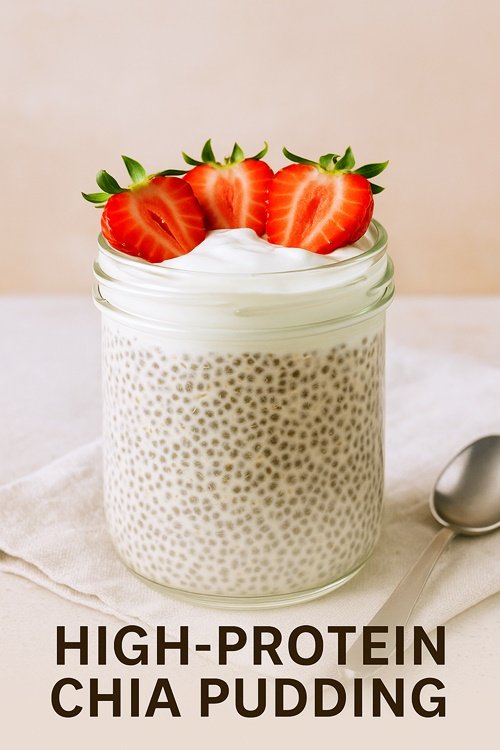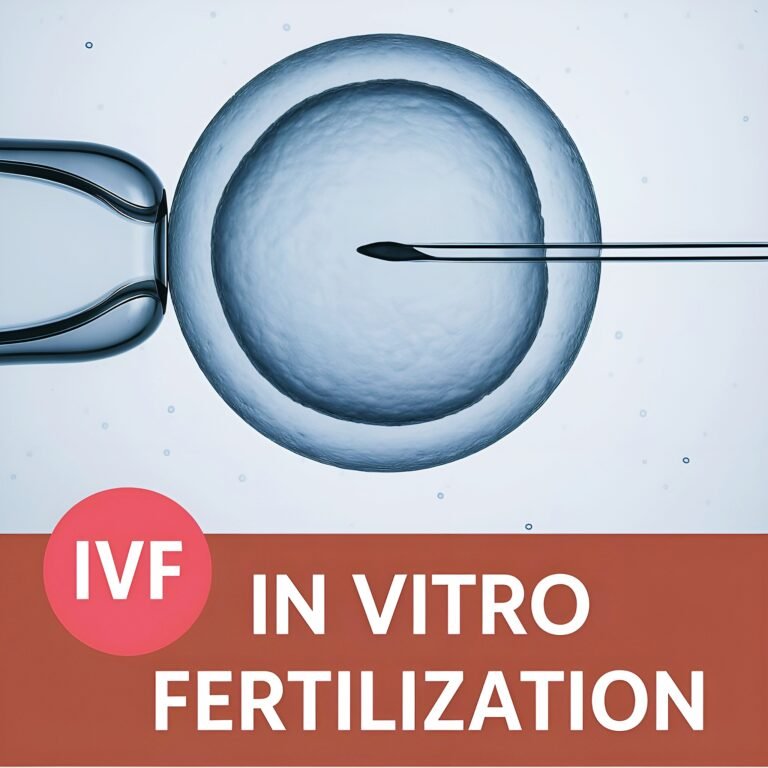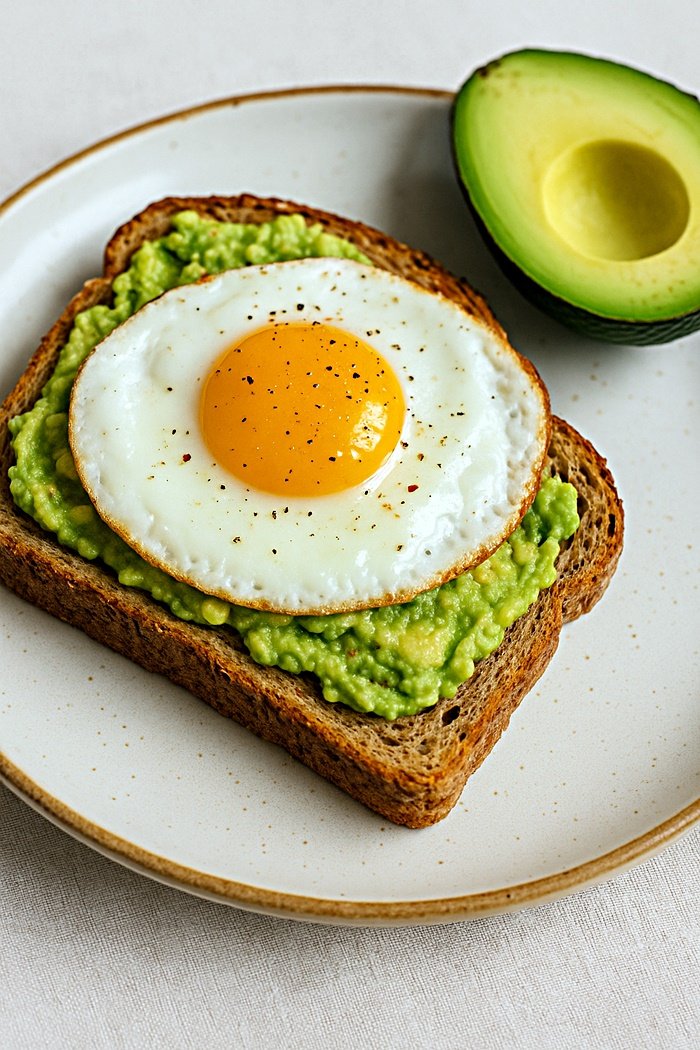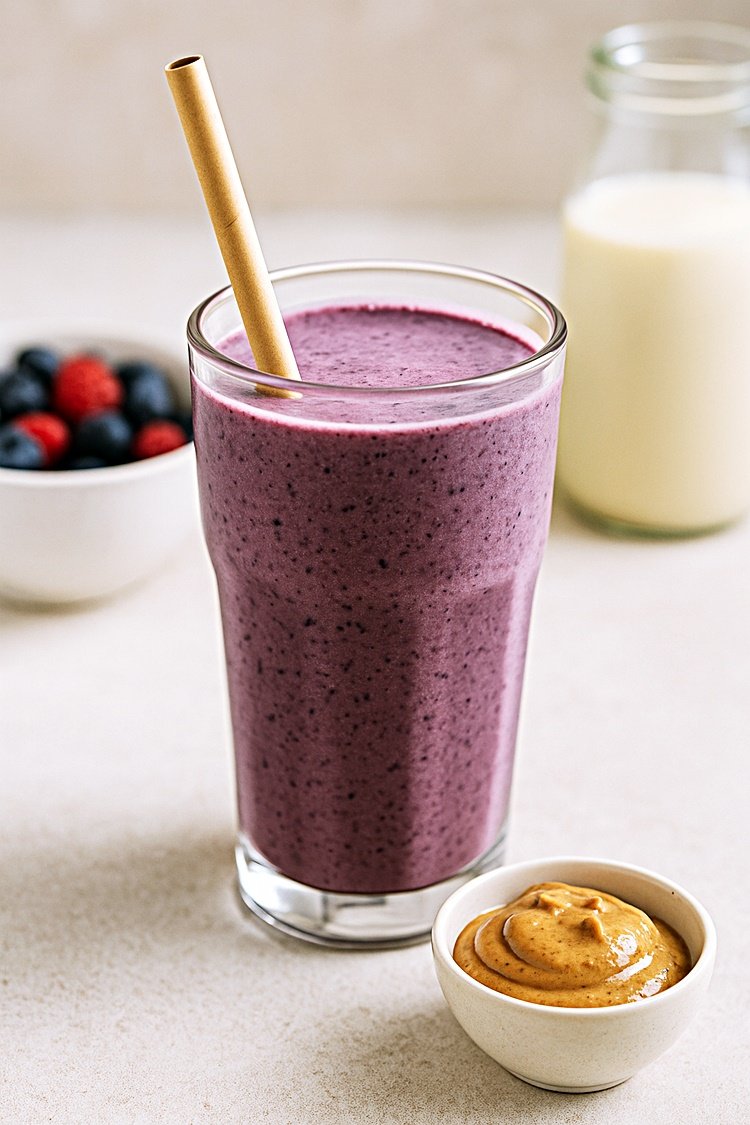
12 Weeks Pregnant: Baby’s Growth, Your Body, and Nutrition Tips
What’s Happening in Your Body
At 12 weeks pregnant, you’re at the end of your first trimester. Many women begin to notice a shift in how they feel — for some, early symptoms start to ease as hormone levels begin to stabilize.
Common changes this week:
- Morning sickness may lessen for many, though some will still feel it a bit longer.
- Fatigue may improve, but your body is still working hard to support pregnancy.
- Breast changes — tenderness may decrease, but breasts remain fuller and heavier.
- Digestive changes — progesterone can slow digestion, leading to bloating or constipation.
- Visible baby bump — for some, the uterus is now high enough above the pelvic bone to start showing.
Your uterus is about the size of a grapefruit and continues to rise into your lower abdomen.
Baby’s Size & Development

At 12 weeks, your baby measures about 5–6 cm long (2–2.5 inches) and weighs around 14–20 grams — roughly the size of a lime or plum.
Key developments this week:
- Body proportions are becoming more balanced as the head growth slows and the body lengthens.
- Facial features — eyes have moved closer together, and ears are nearly in place.
- Reflexes — your baby can open and close fingers, curl toes, and make sucking movements.
- Fingers & toes — nails are starting to form.
- Internal organs — intestines have moved from the umbilical cord into the abdomen; kidneys start producing urine.
- Skeleton — bones are continuing to harden.
- Vocal cords are developing in the larynx.
What Baby Looks Like
At 12 weeks, your baby’s face looks more human-like than ever before. The profile shows a small nose, chin, and forehead. Arms and legs are fully formed and proportionate, and tiny hands may already be making fists. On an ultrasound, you might see your baby moving actively, stretching, and kicking — movements you still can’t feel yet.
What You Should Be Eating at 12 Weeks Pregnant
You’ve reached a point where the risk of early miscarriage has significantly dropped, and your baby’s growth is accelerating. Balanced nutrition is key to supporting this next phase.
Key Nutrients & Food Sources
- Folic Acid (B9) – Supports ongoing brain and spinal cord development. Found in leafy greens, fortified cereals, beans, and prenatal vitamins.
- Protein – Builds muscles, tissues, and hormones. Aim for 75–100 g/day from lean meats, eggs, dairy, tofu, and legumes.
- Iron – Supports increased blood volume and prevents anemia. Found in lean red meat, spinach, lentils, and fortified grains (pair with vitamin C-rich foods for better absorption).
- Calcium – Strengthens bones and teeth. Found in dairy products, fortified plant milks, and leafy greens.
- Omega-3 fatty acids (DHA) – Helps brain and eye development. Found in salmon, walnuts, chia seeds, flaxseeds, and DHA supplements.
- Vitamin D – Enhances calcium absorption and supports immune health. Found in fortified milk, fatty fish, and from safe sunlight exposure.
Tips for Week 12
- Keep eating small, balanced meals if you still have nausea.
- Stay hydrated — aim for at least 8–10 cups of fluids daily.
- Avoid alcohol, high-mercury fish, raw or undercooked meats, and unpasteurized dairy.
- Continue taking your prenatal vitamin every day.
- If your energy is returning, add light to moderate exercise to improve circulation and stamina.
Summary:
At 12 weeks pregnant, your baby is about the size of a lime, with a more developed face, active movements, and maturing organs. You may be feeling better as you near the second trimester, but it’s still important to focus on nutrient-rich meals, hydration, and gentle activity to support you and your growing baby.






